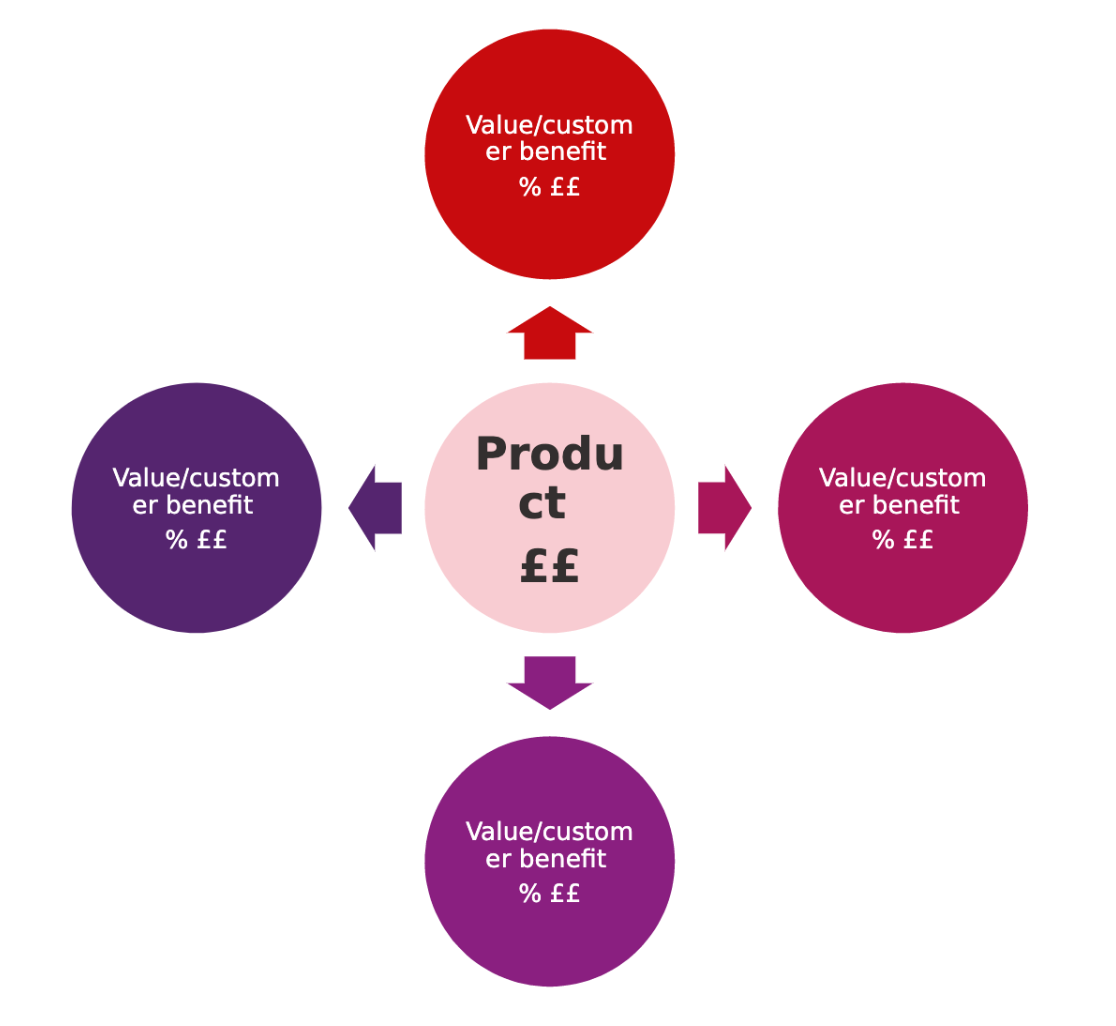Pricing is the most recognizable and disputed output of any Product Marketing team: it is the monetary proof of the organization’s understanding of its customers and its products. Good pricing leads to a healthy business: increased profits and sales, and (arguably) most importantly, generates engagement within the organization and with the customers.
I have been dealing with pricing all my career both for physical and SaaS products; here is what I have learned from the challenges I have encountered.
1. Follow the process but don’t be bound to it.
Pricing is a complex matter and it cannot be driven just by qualitative insights. Creating a framework around the various pricing work streams is essential to get things done. For the past two years I have used the model below as a guideline.

Even if it looks like a linear process, milestones and decisions are not always linked to the stage that the process suggests they should be dealt with.
For example:
- Relevant competitor information can be found after price testing with customers.
- The initial customer segmentation must be re-evaluated when new qualitative insights have emerged during a pricing workshop.
It’s important to always keep an open mind during the process to make sure your pricing output reflects the market needs.
2. Pricing is a team effort.
Pricing workshops are the perfect ground to involve all the key influencers to discuss around the table. Product, Sales, Marketing, Customer Engagement, Project management and Business Unit Directors are all stakeholders in the success of the pricing strategy: they all hold a unique perspective on products, customers and markets and they all have very different KPIs around success. Creating an open dialogue is the best way to hear everyone’s point of view and find a common strategy.

3. The perfect pricing structure is a myth.
In the past I have built different pricing models: some were cost + only, others heavily relied on competitor pricing insights and some were value-based. There is no doubt to me that value-based pricing is the most successful way to price products both in the physical and SaaS space.
Value-based pricing best practices often show a 3-tier option with tick boxes for product features/benefits. Although this output is very clear and simple for customers it cannot be applied for every product: some products are so complex and/or so customisable they cannot be easily deconstructed to create different versions. It is more the case of displaying value to the customers using a complementary pricing model where the final price is built by attributing a monetary rate to each customer-recognised value.

This model could be used as a guideline for discounting by asking the simple question to your customers “Which value do you want to drop for a cheaper price?”
4. Negative price testing is the best ground to re-evaluate your product value proposition.
I find price testing one of the most complicated processes to plan. Is it best just to live test and look for customers’ behaviour in response? How about creating customer panels prior to roll-out? Will you test on renewals or new business? The questions are infinite. Whichever strategy you select for the product you are selling, make sure you create a clear way to capture customer feedback: define 1-3 items that will help you define customer product perception in response to your pricing and align it with your product value proposition. Great pricing means the customers have understood your product the way you and your company sees it.
5. Pricing is not just a number.
Making plans to roll out the price to the rest of the company is as important as deciding the price itself. One of the never-to-be missed actions from the pricing workshop is agreeing a clear strategy around sales enablement: in my experience, partnering with your marketing team at this stage is paramount, they will help you shape the message internally and to the customer.
Why trust us:
I have worked with pricing since the beginning of my career. I have been a salesperson, a quote manager, a product manager and now I am a PMM. I am passionate about the subject and I constantly document myself to become more of an expert at it.
If you remember nothing else:
Pricing is a teamwork exercise to demonstrate deep understanding of your customers and your product. Have a clear and open process around pricing to promote collaboration and responsibility share.
Looking for pricing resources and advice?
Check out Future of SaaS On-demand, home to 100's of presentations and panel discussions. Spanning all of the hottest topics in SaaS you’re guaranteed to walk away with tons of new and proven tactics, strategies and ideas to take your business to the next level, all delivered by industry experts.



